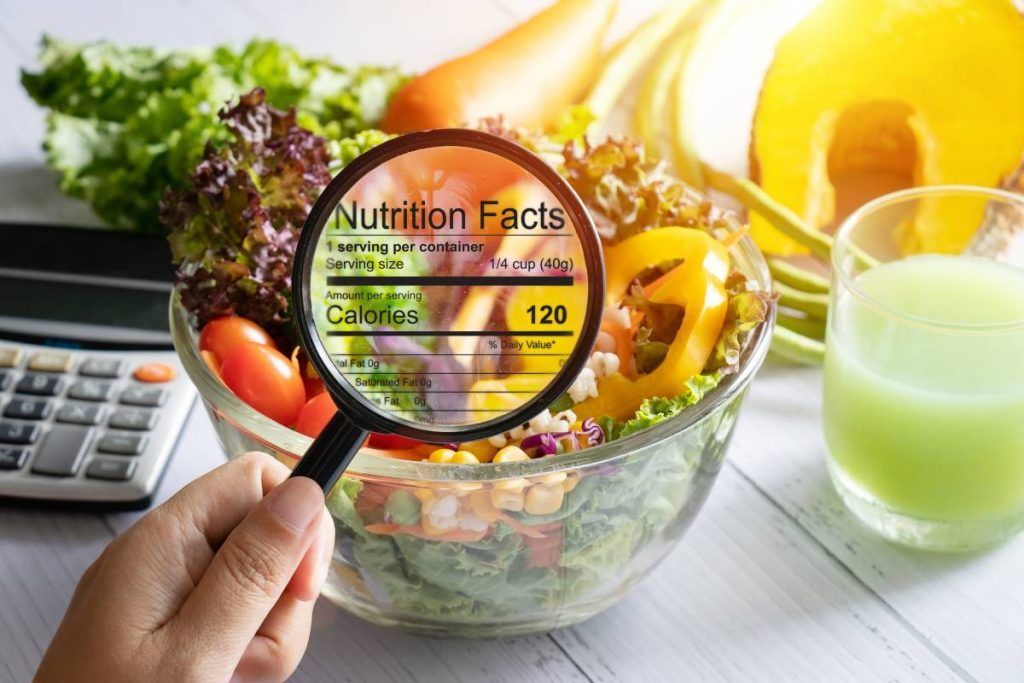
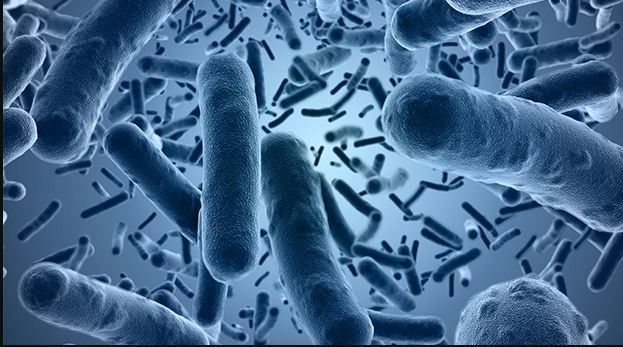


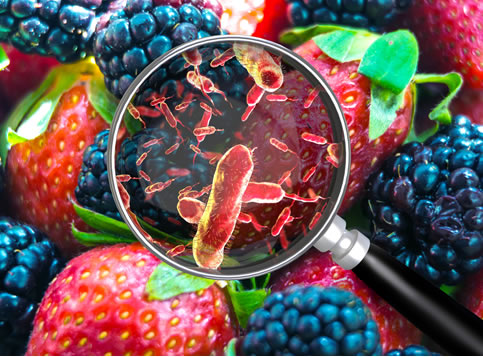
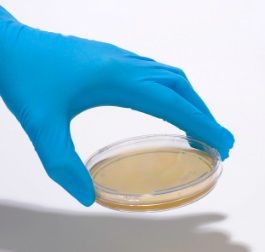
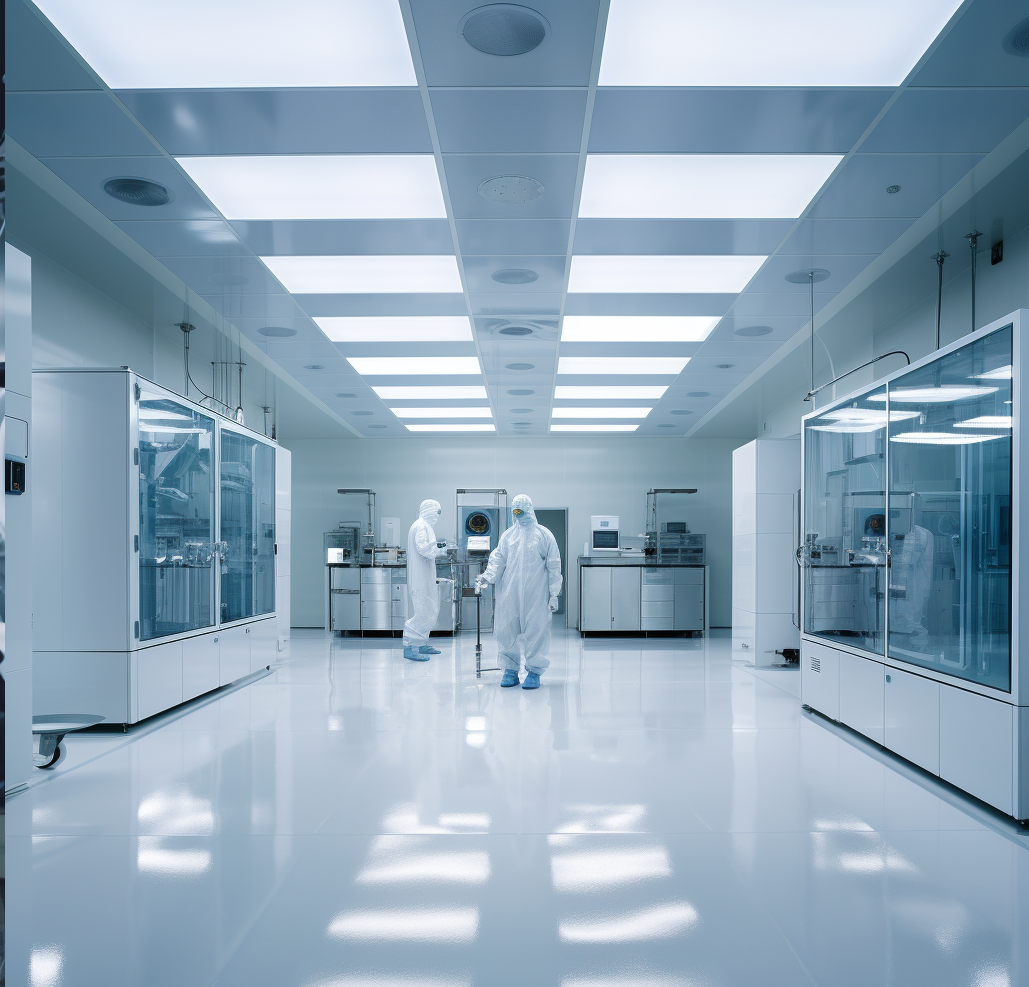
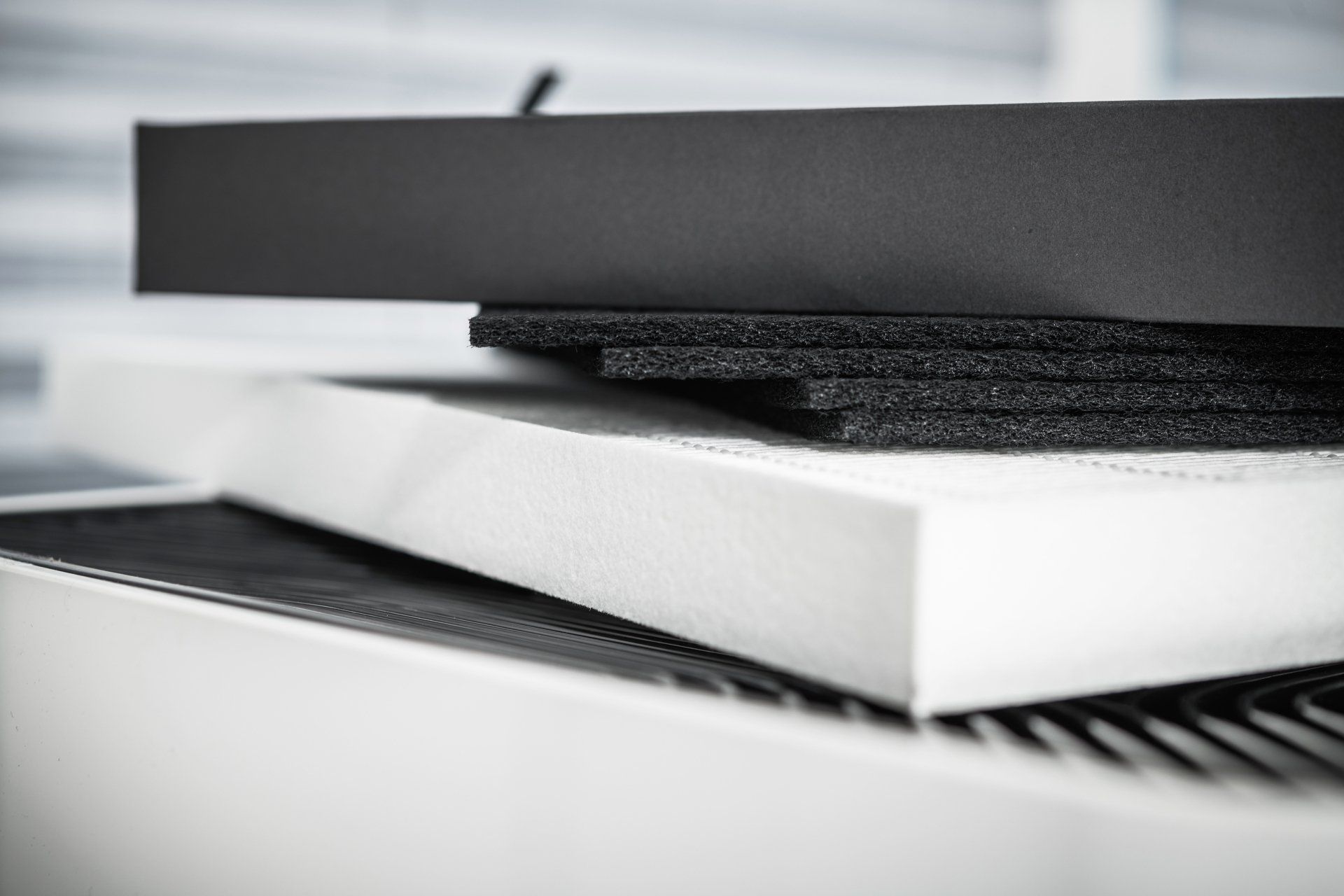
Unwanted particles can be hiding anywhere in your cleanroom - including the very air you breathe. Airborne contaminants have the potential to compromise your cleanroom and the integrity of your product, which is why routine air sampling is an essential part of your cleanroom maintenance program.Your cleanroom requires routine monitoring to ensure it remains in compliance with Good Manufacturing Practice (GMP) standards (1) and ISO 14698-1 standards (2). Active air samplers are now essential tools for aseptic processes in cleanrooms.
Current Standards for Air Quality in Cleanrooms
The Food and Drug Administration’s (FDA) current GMP standards call for cleanrooms to have effective air filtration systems. The system must filter the room’s air through high-efficiency particulate air filters (HEPA) under positive pressure. The amount of particles present in each cubic meter of air in the cleanroom determines the cleanroom’s classification. Cleanroom classifications are based on limits of all particles with sizes equal to or larger than 0.5 micrometers (1). The International Organization for Standardization (ISO) ranks cleanrooms from ISO 9 (the dirtiest) to ISO 1 (the cleanest) (2).
Your industry and applications of the cleanroom will determine your cleanroom’s classification and acceptable level of particles in the air. Overall, the fewer particulates in the cleanroom, the less likely airborne microorganisms will be present to compromise the space.
The only way to ensure that your cleanroom is operating within an adequate state of control is through routine microbial monitoring. Air should be sampled during at-rest conditions as well as during normal operating conditions in order to provide authentic data. This means sampling when materials are in the area, processing activities are ongoing, and when cleanroom workers are on site. Air sampling data should present the microbial content of room air and compressor air that enters the space.
Monitoring will not be able to identify and quantify 100% of the contaminants in your cleanroom, but it will confirm consistent, high quality environmental conditions at all times.
Passive Monitoring v. Active Monitoring
Passive monitoring uses settle plates to provide continuous monitoring of microorganisms. The settle plates are Petri dishes containing culture media. Microorganisms in the column of air over the plate descend into the culture media and are then incubated. Settle plates are effective when placed in areas of high risk of product contamination since they detect the harmful part of the airborne population which falls onto a critical surface (3).
In active monitoring, an active air sampler draws in a specified volume of air and captures it onto a microbiological culture medium or a nitrocellulose membrane. This process will quantify the number of microorganisms in the sample. ISO 14698-1 considers active air sampling as being of fundamental importance to any environmental monitoring regimen (1).
Selecting the Right Active Air Sampler
There are several variations in active air samplers. Each model and type has different strengths and weaknesses depending on your industry and specific needs. The three main types of active air sampler are:
Guidelines do not specify which type of air sampler device should be utilized in the cleanroom, but the device should correspond to current standards of sensitivity and detection (5). The device should also be calibrated on a regular basis and qualified before use.
Consistent and accurate cleanroom monitoring is a demanding task. Our team of professionals at Sure Bio-Chem Laboratories is your go-to expert in aseptic technique and best cleanroom practices. As a part of our streamlined cleanroom monitoring services, we can provide you with environmental air monitoring and air testing for non-viable and viable particles. Sure Bio-Chem Laboratories could be your most valuable resource when it comes to keeping your cleanroom in compliance with industry standards.
Resources:
1. https://www.fda.gov/media/92841/download
2. https://www.iso.org/obp/ui/#iso:std:iso:14698:-1:ed-1:v1:en
3. https://bmcpublichealth.biomedcentral.com/articles/10.1186/1471-2458-12-594
4.https://www.researchgate.net/publication/236210347_Selection_of_active_air_samplers
5.https://www.who.int/immunization_standards/vaccine_quality/env_monitoring_cleanrooms_final.pdf







Interested in Working with
Sure-BioChem Laboratories
Sure-BioChem Laboratories offers top-notch analytical testing for various industries. Our advanced lab and expert team ensure reliable, quality results. We're committed to excellence, helping clients meet high standards in environmental, food, and pharmaceutical testing.
Headquarters:
1000 Atlantic Avenue
Camden, NJ 08104
PHONE: 888-398-7247
Main Menu